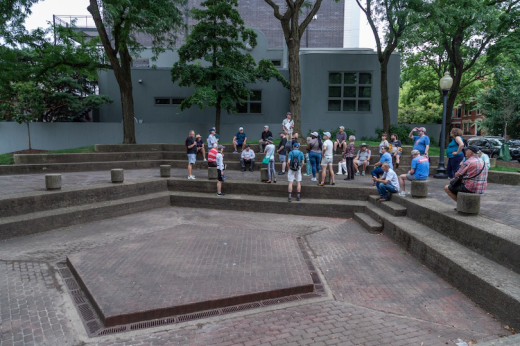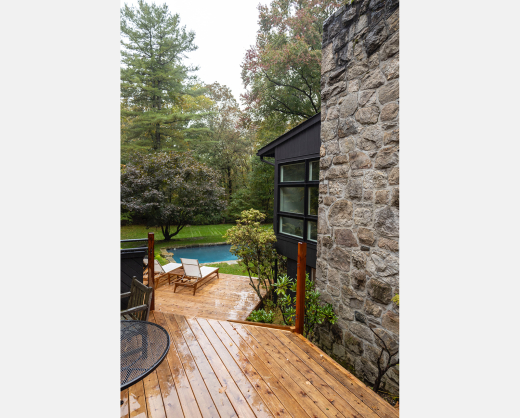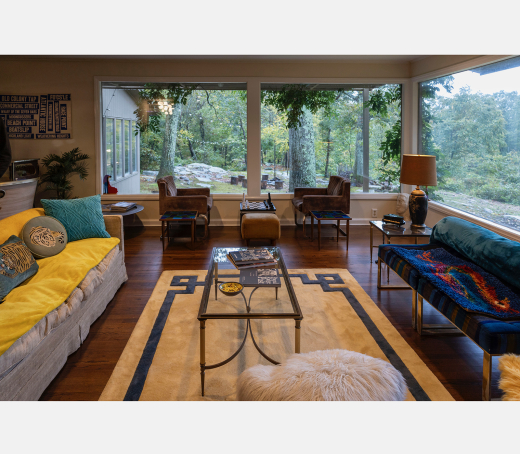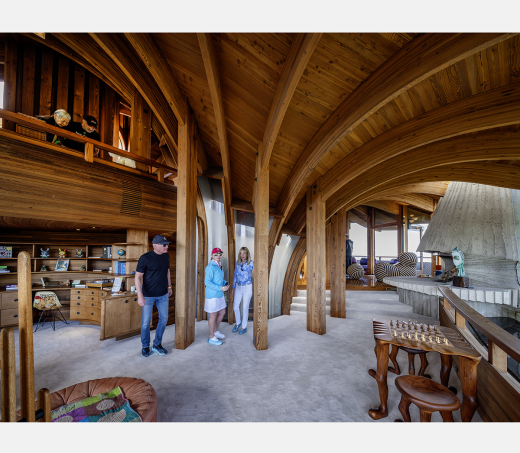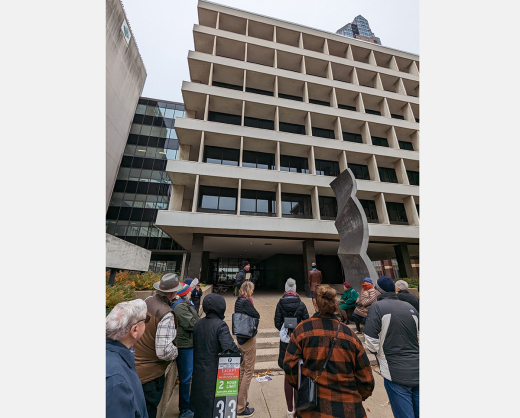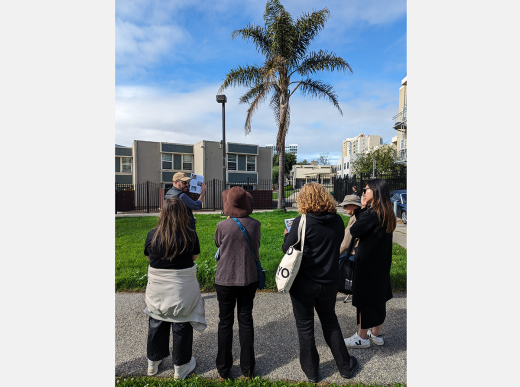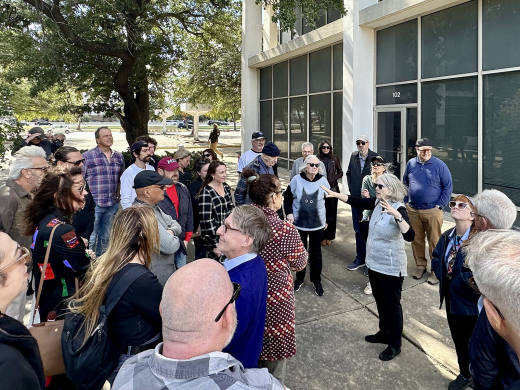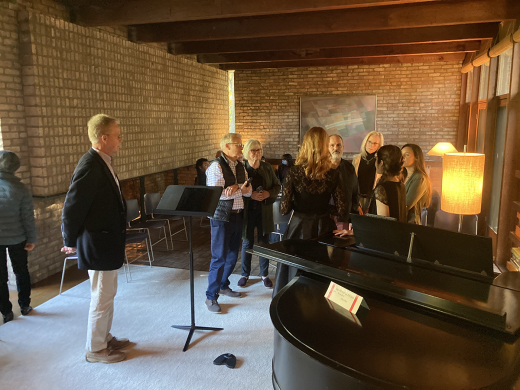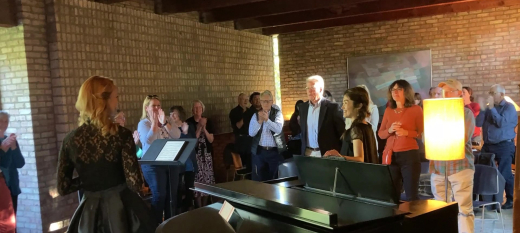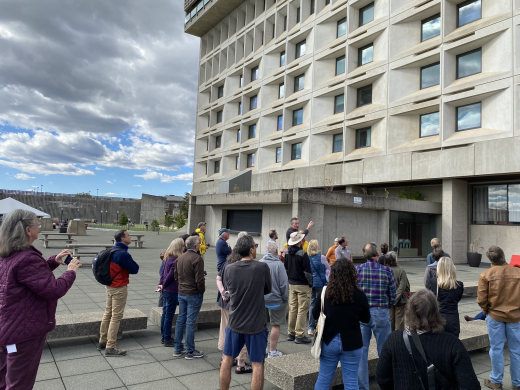Tour Day is a great way to get out and see some amazing Modern resources across the country. This year's tours covered a variety of resources, from large-scale urban renewal projects to Brutalist college campuses to well-preserved Modern residences and beyond.
As part of our year-long effort to revisit urban renewal, many tours focused on projects that resulted from urban planning policies of the 1960s and 70s, while considering the neighborhoods they replaced, and subsequently what may now be replacing them. The urban renewal theme was also incorporated into the . Some of the sessions were recorded and are available for viewing. A that coincided with Tour Day events further explored the topic.
Thank you to the host organizations who helped organize over 35 tours this year, the most that we have had since pre-pandemic, with many of them selling out in record time. Stay tuned for when we announce next year's theme in an .
Walking Tour: The Extension and Removal of Ogden Avenue
°®¶¹app/Chicago
A lively group of °®¶¹app members and guests joined the Chicago chapter on Sunday, October 1, 2023, for a unique exploration on the 2023 °®¶¹app theme of Revisiting Urban Renewal, with one of the most peculiar chapters in Chicago transportation and urban renewal history. North Ogden Avenue was once a major arterial street that was extended from Union Park to Lincoln Park at enormous expense and disruption in the 1930s, with portions of this extension of Ogden closed and redeveloped in stages starting in 1967. In addition to some of the best remaining 1970s-era streetscapes in Chicago, this tour visited the exterior of the former home of Skidmore Owings & Merrill partner Walter Netsch and Dawn Clark Netsch, the first female gubernatorial candidate in Illinois. Other notable Modernist architects building single-family homes on the former right-of-way of Ogden Avenue include Stanley Tigerman and Larry Booth.


